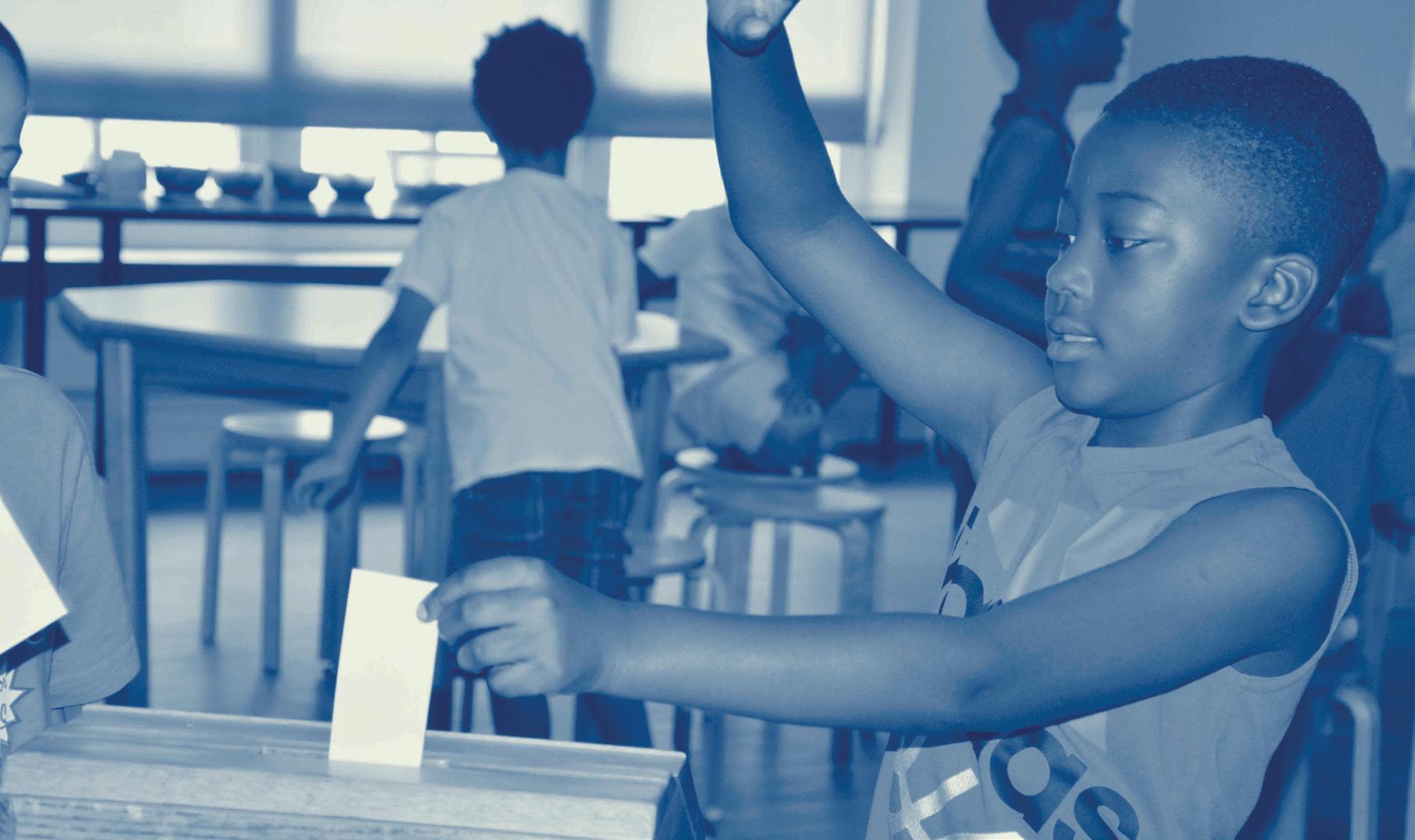

Civics Education for Connecticut Students
Field Trips: $2 per student
In-Class Programs: $50 per program
Transportation Funds: Up to $350 per bus
Also Available Next SchoolYear!
Made possible by a grant from the U.S. Department of Education
Civics Education for Connecticut Students
Where do we learn to be citizens?
At our local history museum!
We’re making it easy for elementary school students to learn about their communities and their government.
Civics in the Museum
Five different institutions are proud to offer discounted programs for K-5 students that introduce civics, community, and government to young learners through engaging and accessible activities. As sites and keepers of history, these museums draw on our collective past to engage students with the past, present, and future. Our educators will help your students get excited about the potential and possibilities of civic life in their communities.
Programs Across Connecticut
Our partnership includes:
Connecticut Democracy Center at Connecticut’s Old State House, Hartford Connecticut Museum of Culture and History, Hartford
About the Project
Fairfield Museum and History Center, Fairfield
Mystic Seaport Museum, Mystic
The Mark Twain House & Museum, Hartford
Civics Education for Connecticut Students is funded by a $1 million grant from the U.S. Department of Education, administered by the Connecticut Museum of Culture and History. This 3-year project is designed to improve elementary civics education while promoting closer ties between history museums and schools. For more information, please contact Peter Moran, Project Director, at the Connecticut Museum of Culture and History, pmoran@connecticutmuseum.org.
Scheduling a Program
All school groups must make a reservation in advance. Group size limits vary. Teachers interested in planning a field trip should contact the respective institutions to learn more about specific program options.
Grade Eligibility
All partner institutions offer programs for a variety of grades, but the Civics Education for Connecticut Students project only funds civics programs for K-5 students. If you’re interested in a program on another subject, or for older students, contact the relevant institution to learn about other programming options.
Program Fees
Field trip programs are available at $2 per student.
In-classroom programs are available at $50 per program.
Bus Support
Bus fee support is available for all schools. Please inquire at the time of booking.
◇Up to $350 per bus for Priority School Districts and Title I Schools.
◇Up to $100 per bus for all other schools.
Fee reductions and bus support are made possible by a $1 million grant from the U.S. Department of Education.
PARTICIPATE IN...
Connecticut’s Kid Governor
AConnecticutDemocracyCenterprogram in residence at Connecticut’s Old State House
Kid Governor empowers 5th graders to change the world. This immersive, in-school civics education program teaches students about state government, voting, and civic participation through an authentic election for our state's Kid Governor. The elected Kid Governor and their Cabinet serve a one-year term of active leadership and inspire their fellow 5th graders to take an active role in shaping their own communities. The program is free for all 5th grade classes and homeschool programs.
For more information about the Kid Governor® program, please visit CT.KidGovernor.org or contact Brian Cofrancesco, Director of Kid Governor®, brian.cofrancesco@ctdemocracycenter.org
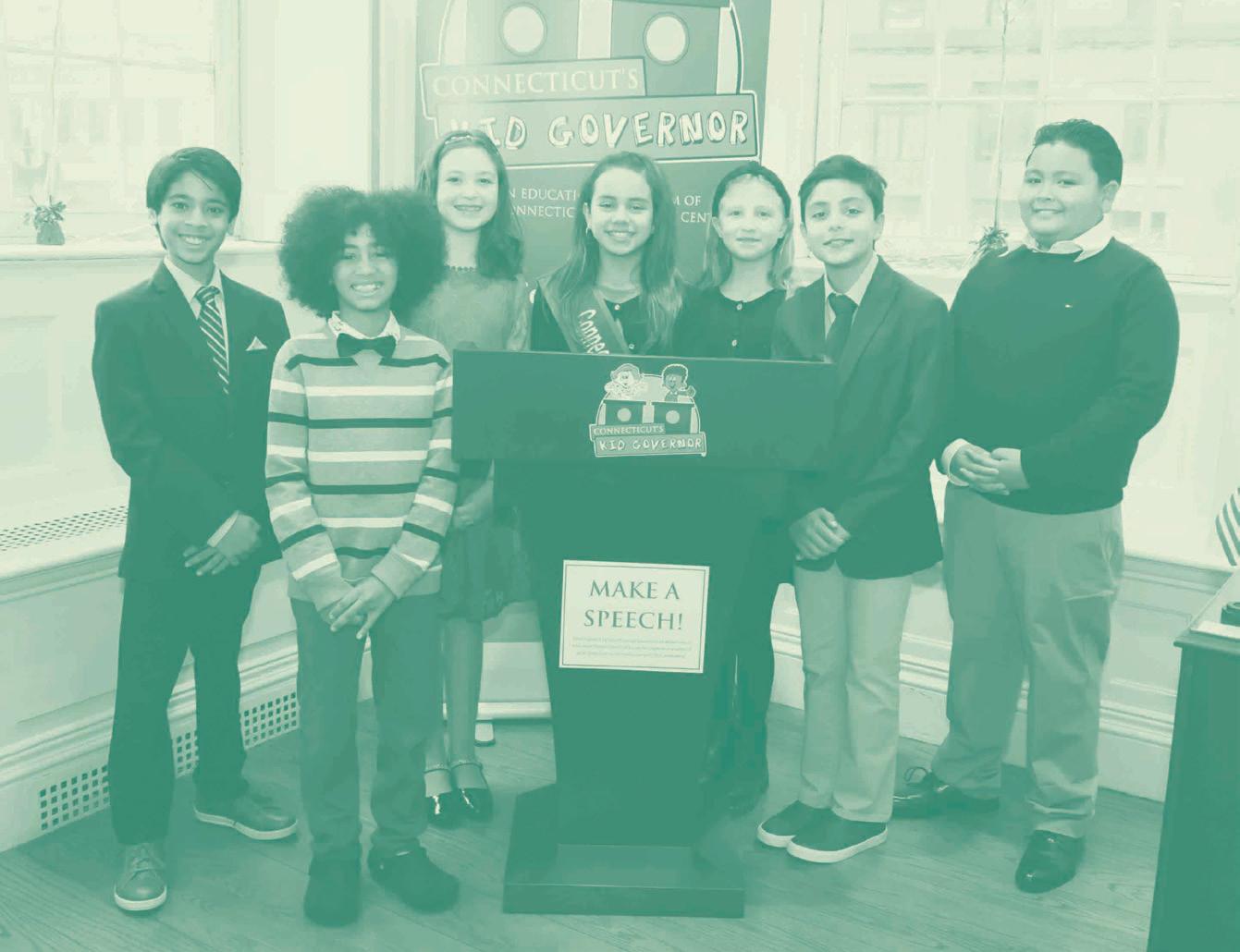
Connecticut’s Old State House
Group Limit: Program dependent
Length: 1-1 ½ hours
Cost: $2 per student
Bus Support Available
To Schedule:
ctoldstatehouse.org
Or Contact: OSHschools@cga.ct.gov
860.240.5340
Connecticut’s Old State House
Located in downtown Hartford, Connecticut’s Old State House served as one of Connecticut’s state capitols from 1796 to 1878 and Hartford City Hall from 1878-1915. Beautifully restored and preserved, this museum and civic space was declared a National Historic Landmark in 1960 and now operates under a public/private partnership between the Connecticut General Assembly and The Connecticut Democracy Center.
GRADES K-3
Civics Superheroes
This new program is designed to introduce community and civics concepts to early elementary students. What does it mean to be a hero? Learn about real heroes throughout our state’s history as you explore Connecticut’s Old State House and discover all the ways you can be a hero for your community!
INQ K–2.10-11, K–2.15-17, 3–5.11, 3–5.15-17, HIST K.1-2, 3.3, 3.11, CIV K.1-3, K.5, K.9, 3.4-5
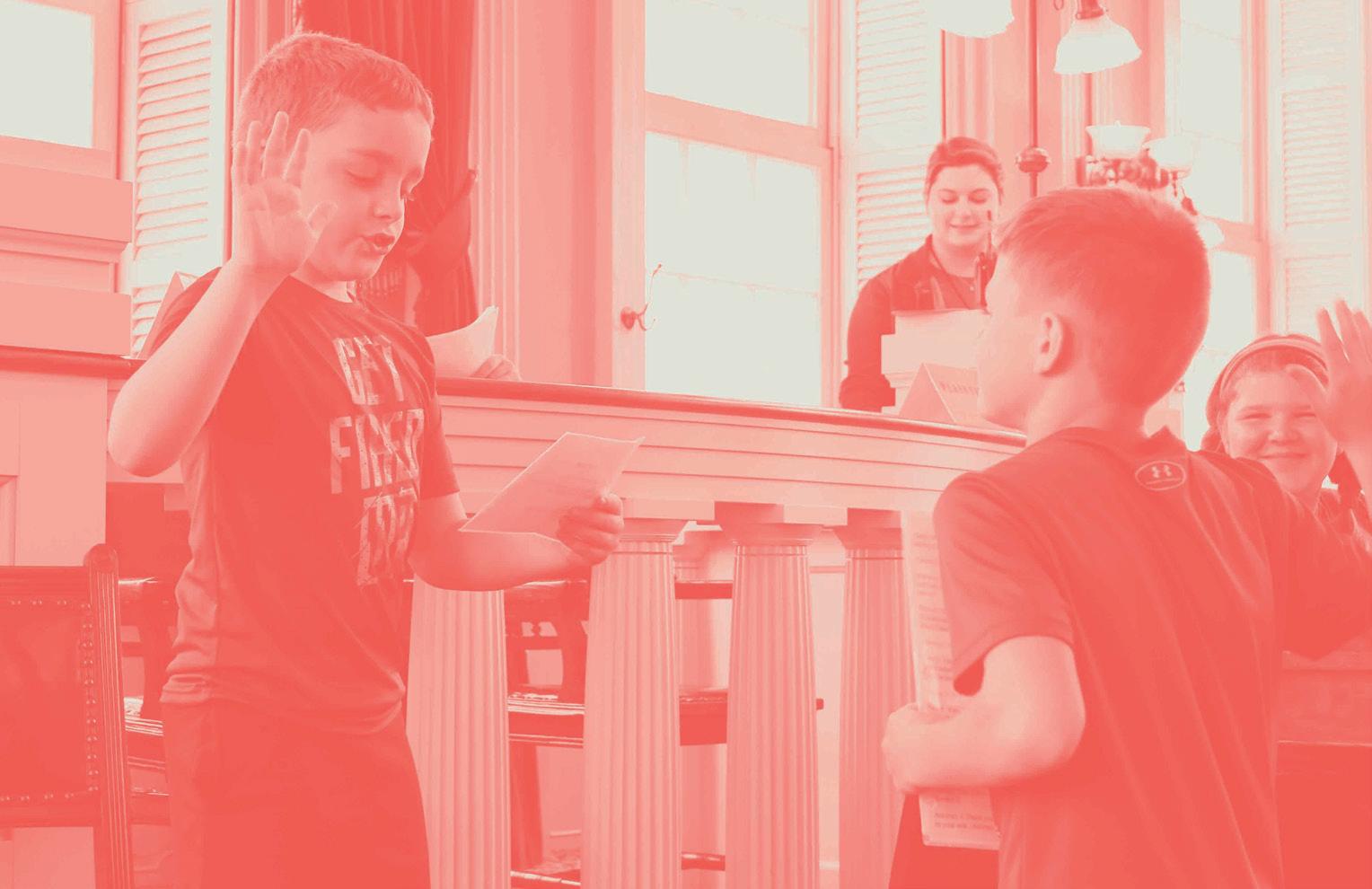
GRADES 3-5
Three Branches of Government
Step inside this former Connecticut state capitol and take on the roles of Governor, Legislators, Judge and Jury in the historic Courtroom and House and Senate Chambers! This program immerses students in the functions of our state government through roleplay and hands-on activities that demonstrate how each branch works and how we can take an active part in our democracy.
GRADES 3-5
Building Tour
Explore Connecticut’s Old State House as a museum educator shares the stories of the historic events that have shaped both state and national history. Students will examine the building’s use throughout its 225-year history and learn about the Amistad trials, Prudence Crandall, and other key stories from its past. HIST 3.1-6,
PLEASE NOTE: For an additional $1/student, your group can participate in a scavenger hunt through our interactive exhibit, HistoryisAllAround Us.
Connecticut
Museum of Culture and History
MUSEUM PROGRAMS
Group Limit: Program dependent
Length: 1 ½ hours
Cost: $2 per student
Bus Support Available
CLASSROOM PROGRAMS
Group Limit: Class Group Size
Length: 1 ¼ hours
(allow 15 minutes between programs if booking multiple for the same day)
Cost: $50 per program plus round trip mileage from the Connecticut Museum.
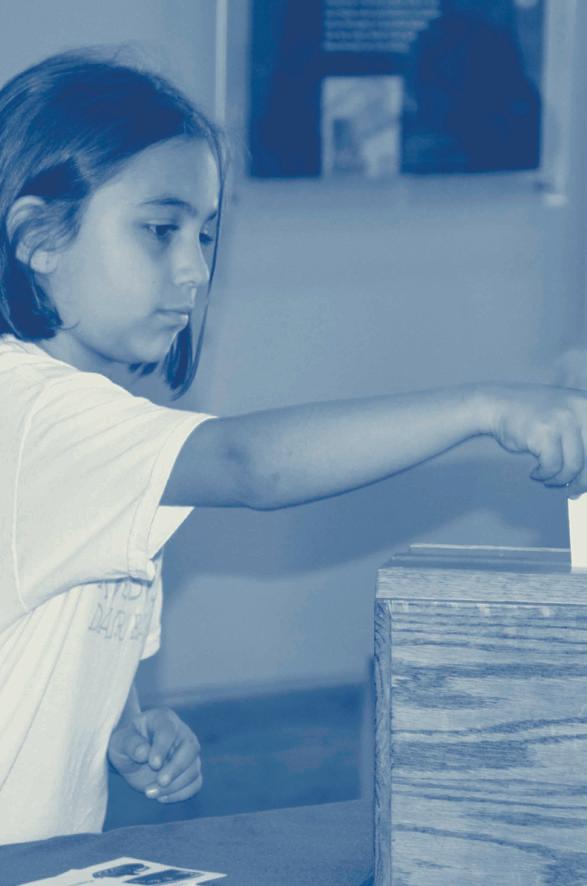
Connecticut Museum of Culture and History
The Connecticut Museum of Culture and History is the new name and identity of the Connecticut Historical Society. We are a private, non-profit organization located in the West End of Hartford committed to connecting Connecticut residents to each other and the history and culture of our state. We offer hands-on, engaging programs that highlight objects from our vast collection to bring history and civics to life for students.
Museum Programs:
GRADES 1–3
What Makes a Community?
Students use a large floor map and “building” blocks to strengthen map skills and vocabulary while creating and analyzing a new town, then tour the Making Connecticut exhibition to learn how work, home life, and transportation were different in the past. The third part of the program focuses on how decisions are made in communities, as well as ways that children can be good citizens and contribute to their communities.
HIST 1.1, 1.4-5, 1.8, 2.2, 2.6-7, 3.2, 3.6-7, CIV 1.2, 1.4, 1.6, 2.4, 2.6-7, 3.6, ECO 1.4, 2.3, GEO 1.2-3, 2.2-3, 3.3;
CCSS R.7, SL.1-2, SL.4-5, L.1, L.4, L.6
GRADES 3–5
The Three Branches of Government
Classroom Programs:
GRADES K–2
Me and My Community
What are my different communities and what is my role in them? This interactive program explores the roles and responsibilities in family, school, and town communities. Students will try out different jobs done in these communities today and long ago with contemporary and reproduction historical objects. Students will then determine what a community needs by designing their own town on a floor map.
HIST K.1-3, K.7-8, 1.1-3, 1.5, 1.7-8 2.2-4, 2.7, 2.9-10, CIV K.1-3, K.5-7, 1.1-3, 1.5, 1.6-7, 2.1-2, 2.5-6, ECO 1.4,
GEO K.2-3, 1.2-3, 2.2-3; CCSS R.7, SL.1-2, SL.4, SL.6, L.1, L.4, L.6
GRADES 3–5
To Schedule Contact: education@connecticutmuseum.org 860.236.5621 x232
During this program, students explore Connecticut’s executive, legislative, and judicial branches of government to discover who makes the rules in Connecticut. To better understand the role of each branch, students elect a governor from among their classmates, debate a bill, and hold a mock trial (student reading required). Through movement, improvisation, role-playing, and active participation, students learn the purpose of rules and laws, explore the separation of powers, and discover the rights and responsibilities of individuals.
CIV 3.1-3, 3.6-7, 5.1-4;
CCSS R.10, SL.1, SL.3-4, L.1, L.3, L.6
PLEASE NOTE: This program does not include an exhibition component. For $2/student, explore the Museum with a gallery visit add-on!
The Three Branches of Government Based on our popular program of the same name, students explore Connecticut’s executive, legislative, and judicial branches of government to discover who makes the rules in Connecticut. To better understand the role of each branch, students elect a governor from among their classmates, debate a bill, and hold a mock trial (student reading required). Through movement, improvisation, role-playing, and active participation, students learn the purpose of rules and laws, explore the separation of powers, and discover the rights and responsibilities of individuals.
CIV 3.1-3, 3.6-7, 5.1-4;
CCSS R.10, SL.1, SL.3-4, L.1, L.3, L.6
PLEASE NOTE: This program is also available for groups of up to 50 students. However, a large, open space is required as this program will not work in a standard classroom at this scale.
Fairfield Museum and History Center
Group Limit: 60 Students
Length: Up to 3 ½ hours
Cost: $2 per student
Bus Support Available
To Schedule:
fairfieldhistory.org/schoolprogram-request-form
Or Contact: education@fairfieldhs.org
203.259.1598
Fairfield Museum and History Center
The Fairfield Museum is delighted to welcome teachers and students to experience our award-winning educational programs – from exploring historic sites to hands-on learning in the galleries. We believe that cultivating a deep appreciation of history is essential to building civic engagement. By bringing together diverse perspectives and experiences, we encourage students to consider their own roles and agency within their communities.
GRADES K-2
What Do People Do All Day?
Illustrator Richard Scarry developed his books to be educational and fun for children. Scarry’s beloved Busytown was created while he lived in Westport and teaches children about how communities work: what people do, the transportation they use, and the places they go. The program invites students to draw connections between their personal experiences in their community and Scarry’s fictional Busytown. Students will use paper to design buildings and spaces that they’d like to see in their own communities.
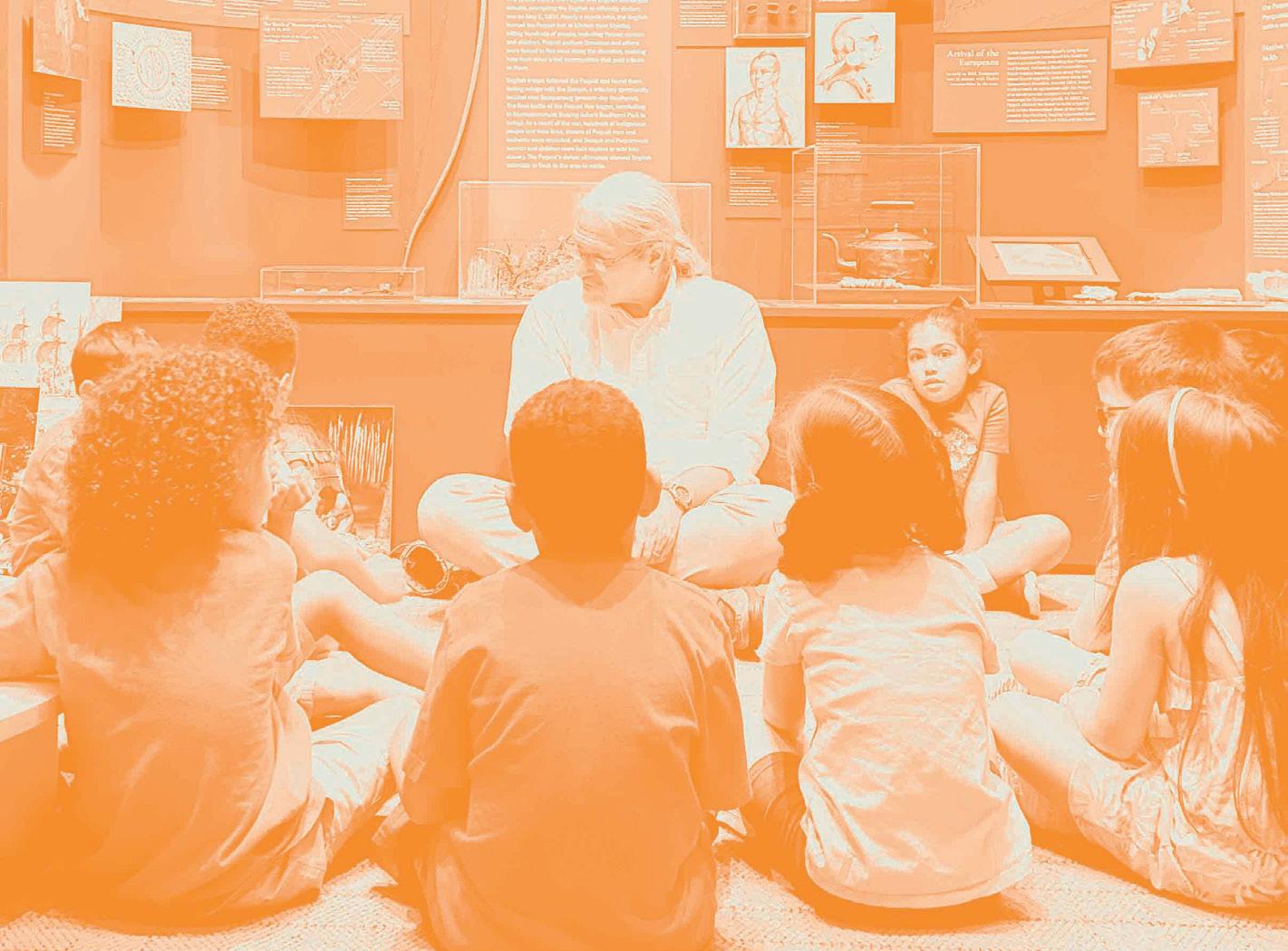
GRADES 2-3
What Makes a Community?
By considering connections between the land, the built environment, and the different people who have lived in what we now know as Fairfield, students will explore how people found ways to build community throughout history. This walking tour highlights three historic sites on the Museum’s campus: the Sun Tavern, which functioned as an important gathering space in the 1700s; the Old Academy, one of the town’s oldest surviving school buildings; and the Old Burying Ground, the oldest cemetery in Fairfield.
HIST 2.2-4, 2.6-7, 2.9-10; 3.2-4, 3.6-7, 3.9, CIV 2.1-2, 2.6-7; 3.4, 3.6, ECO 2.3; 3.3, GEO 2.4-6; 3.5, 3.7
GRADE 3
Exploring Local History
How might we begin exploring the stories of people and events from the past? Students will build their observation and critical thinking skills by handling and studying reproduction artifacts up close. Students will also study maps to explore how the area’s landscape has changed over time, serving different purposes for different communities. In particular, students will learn about the culture of the Native Americans who lived in the area and then create their own corn husk dolls to take home.
HIST K.1, K.5, K.7, K.8; 1.1, 1.5, 1.7, 1.8; 2.2-4, 2.7, 2.9-10, CIV K.1-3, K.9; 1.1-3, 1.9; 2.1-2, ECO 1.3, 2.3, GEO K.4; 1.4; 2.6 HIST 3.2, 3.4, 3.6, 3.9, 3.11, CIV 3.5-7, ECO 3.1-3, GEO 3.2-8The Mark Twain House & Museum
Group Limit: 70 people, including teachers and chaperones
Length: 1 ½ - 2 ½ hours, depending on group size and additonal components
Cost: $2 per student
Bus Support Available
To Schedule: marktwainhouse.org/ teachers-students/field-trips
Or Contact:
SchoolTour@marktwainhouse.org 860.247.0998 Option 5
The Mark Twain House & Museum
Samuel Clemens - better known by his pen name, Mark Twain - changed the way the world sees America and the way Americans see themselves. The Museum carries on his legacy by preserving Twain’s historic house and interpreting his home and life for people of all ages around the world. Our programs foster literacy, critical thinking, humanity, and social justice, exploring important issues of the day as Twain did.
GRADES K-3
Growing Up In The Gilded Age
Whatwas it like to learn, play, and grow up in Mark Twain’s home?
In this special 60-minute interactive tour, young students explore the everyday lives of the Clemens daughters—the books, games, and songs they loved, the subjects they studied, and the people they interacted with. Led by an experienced guide, this inquiry-based tour invites students to think about a house as a source for understanding the past, and to think about the ways that childhood and family life in the Gilded Age were similar and different to their own.
INQ K-2.6-7, 10-14, 3.6-11; CIV K.2-6, 1.2-7, 2.1-7, 3.2-4, 6; HIST K.1-5, 7-8, 1.1-5,
GRADES 3-5
A Place For Every Thing
What was it like to visit, work at, and live in Mark Twain’s house?
Between Sam and Livy Clemens, their three daughters, their staff, and a steady stream of visitors from down the street and across the country, Mark Twain’s house was usually full of people. In this hands-on program and tour, students learn about what it was like to live and work in Gilded Age Hartford through the objects people used each day. It encourages them to think about the various roles people play in their homes and communities, helping them draw connections between their lives and the lives of Hartford residents more than 100 years ago.
INQ 3-5.6-11;
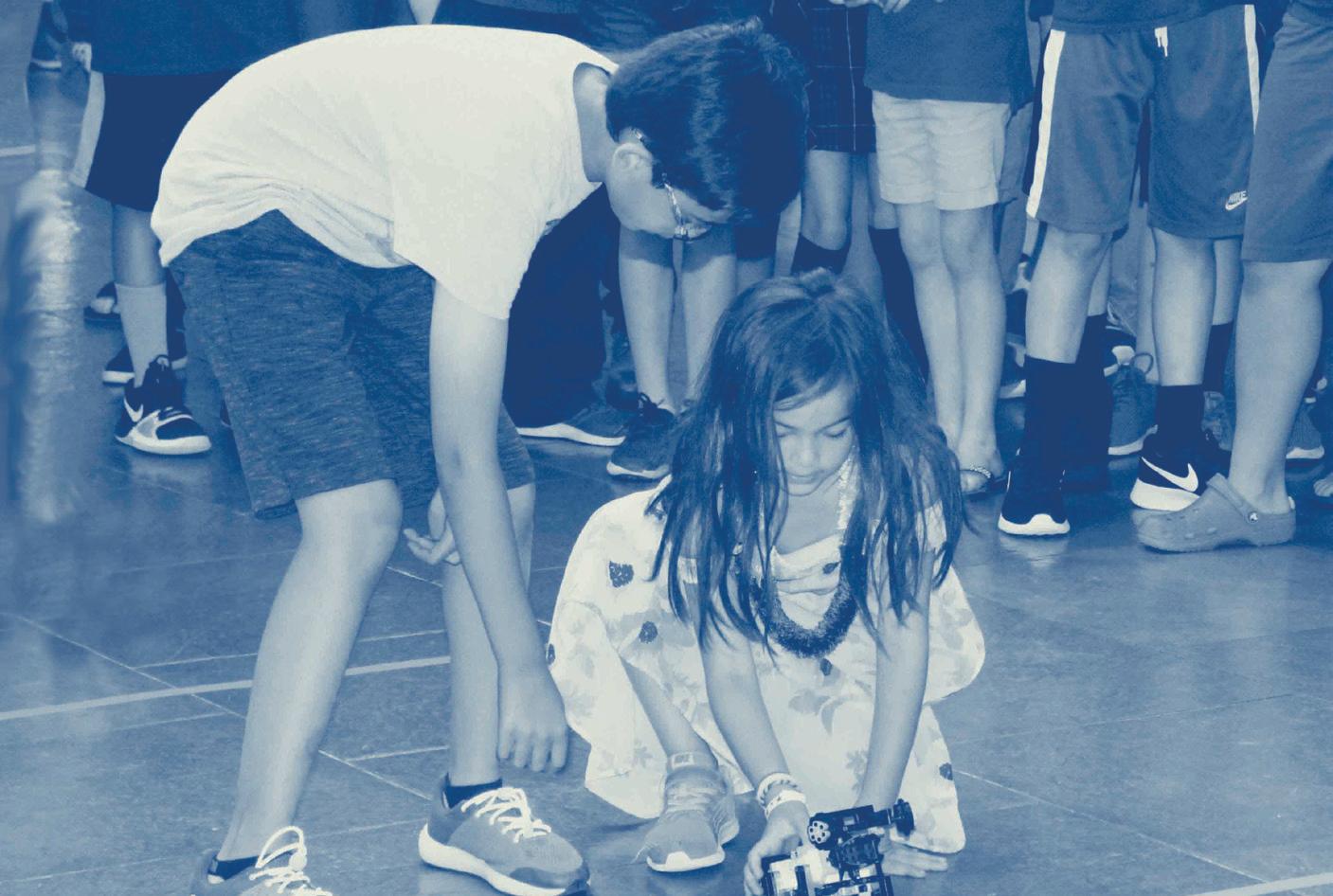 7-8, 2.2-7, 9-11, 3.2-7, 9; SL K-3.1
HIST 3.2-7, 4.1-3, 5.1-2, 6-7; CIV 3.2-7, 4.1, 5.1-3; GEO 3.4, 4.3; ECO 3.4, 4.1, 3, 5.1; SL 3-5. 1
7-8, 2.2-7, 9-11, 3.2-7, 9; SL K-3.1
HIST 3.2-7, 4.1-3, 5.1-2, 6-7; CIV 3.2-7, 4.1, 5.1-3; GEO 3.4, 4.3; ECO 3.4, 4.1, 3, 5.1; SL 3-5. 1
Mystic Seaport Museum
Group Limit: 100 Students
Length: 1 ¾ hours
Cost: $2 per student
Bus Support Available
To Schedule: mysticseaport.org/learn/ education-program-registration
Or Contact: reservations@mysticseaport.org 860.572.5331
Mystic Seaport Museum
Mystic Seaport Museum is one of the largest maritime museums in the world and a leading center for maritime research and experiential education. Our campus includes a recreated coastal town set in the 1800’s, a working shipyard, and a world-class collections and research center.
GRADES 2-5
Your Proud Hometown History
Connecticut’s 169 towns have many histories. The locations, people, and legends make each town special and different from its neighbors. Connecticut has a wide variety of geographical features which, in part, determined how towns grew and prospered. Students will learn how and why their town developed over time, discover how their town's inventions and industries contributed to the growth of the state and country, and understand their local government. Students will learn about their town through the lens of the Museum’s exhibits using experiential learning to spark their curiosity and inspire them to become engaged members of their communities.
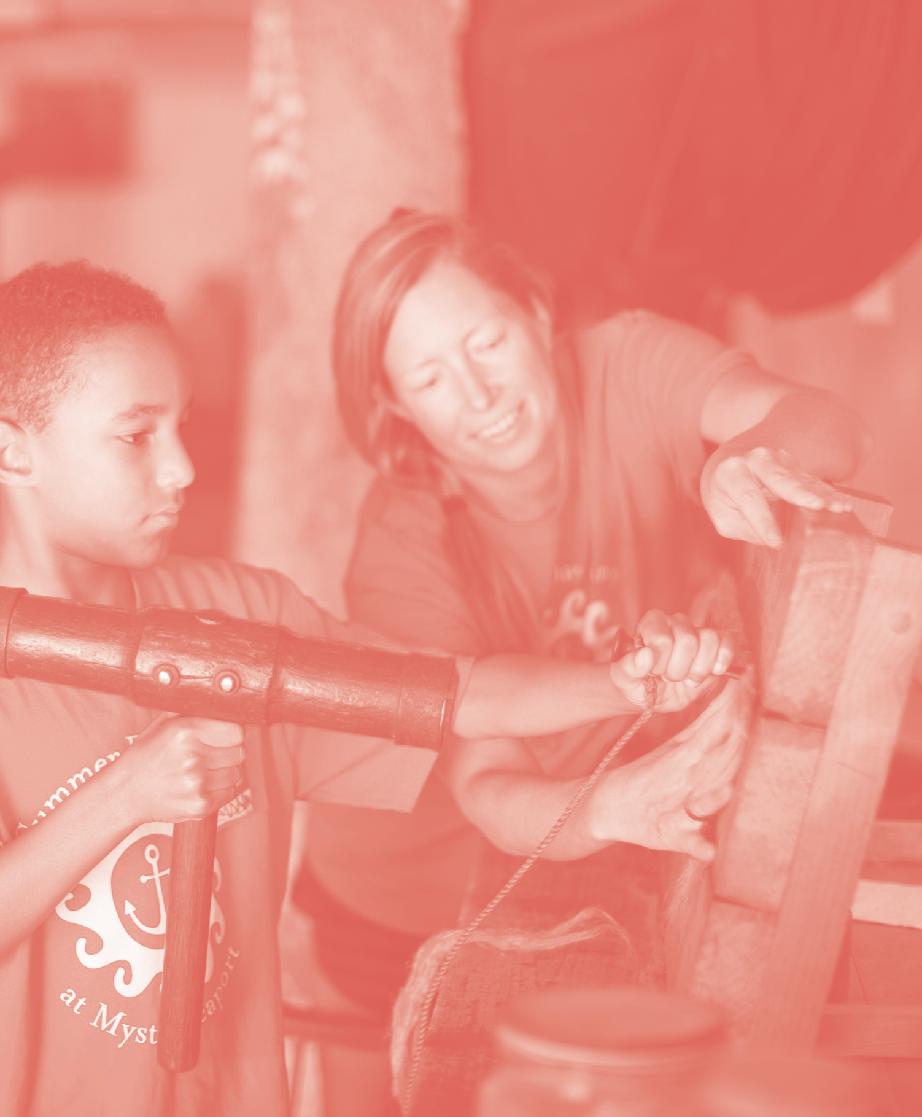

One Elizabeth St. Hartford, CT 06105
Connecticut Museum of Culture and History